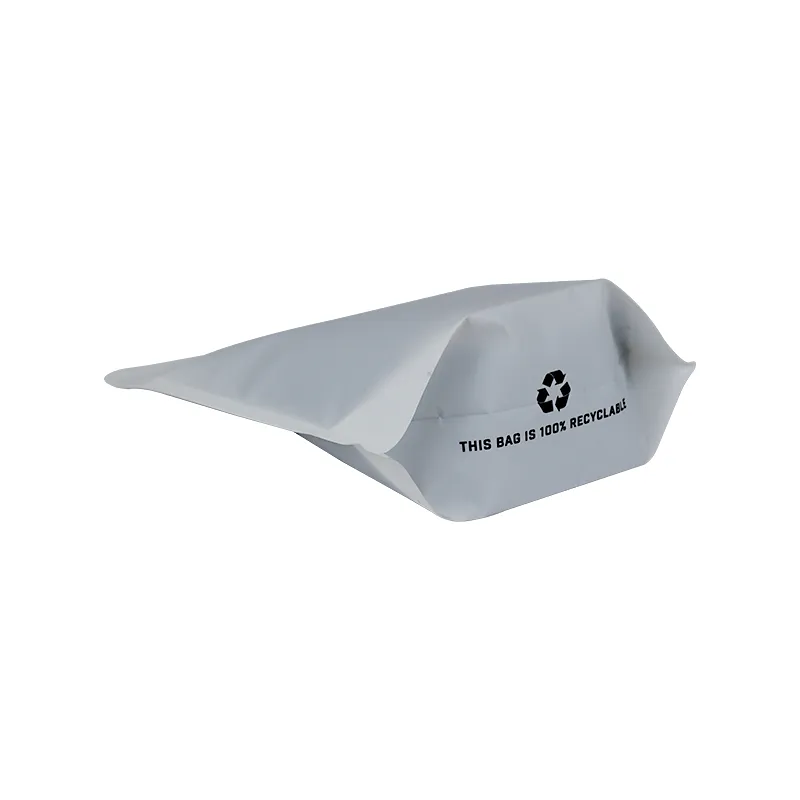Aseptic Filling Machine for Bag-in-Box Packaging Solutions
The Advancements of Bag-in-Box Aseptic Filling Machines
In the ever-evolving landscape of food and beverage packaging, the bag-in-box (BIB) system has emerged as a revolutionary solution, especially for liquid products such as juices, sauces, and dairy. The bag-in-box aseptic filling machine is at the forefront of this transformation, providing a blend of hygiene, efficiency, and sustainability that meets the demands of modern consumers and producers alike.
The Concept and Functionality
Bag-in-box packaging involves a flexible bag contained within a cardboard box. The bag itself is designed to hold a wide variety of liquids, from beverages to viscous sauces, while the outer box provides structural support and protection. Aseptic filling machines play a crucial role in this process, ensuring that the products are filled into the bags in a sterile environment.
The aseptic filling process begins with the sterilization of both the product and the packaging components. High-temperature processes, such as pasteurization or UV treatment, can be employed to eliminate microorganisms. Once sterilized, the filling machine uses a sterile environment to fill the bags without contaminating the contents. This method effectively extends the shelf life of products without the need for preservatives, making it an attractive option for health-conscious consumers.
Advantages of Bag-in-Box Aseptic Filling Machines
The adoption of bag-in-box aseptic filling machines comes with numerous advantages, the most notable being enhanced product safety. Since the product is processed and packaged in a controlled environment, the risk of spoilage is significantly minimized. This feature is essential for products that are sensitive to microbial contamination.
bag in box aseptic filling machine

Another key advantage is the flexibility these machines offer in terms of product variety. They can handle multiple types of liquids, adjusting to different filling volumes and bag sizes. This versatility makes bag-in-box systems suitable for small artisan producers as well as large-scale manufacturers. Furthermore, the lightweight nature of the bag-in-box system makes it easier and more economical to transport, reducing shipping costs and environmental impact.
In terms of sustainability, the bag-in-box packaging is a more environmentally friendly solution compared to traditional glass bottles or cans. The materials used are often recyclable, and the reduced weight translates into lower carbon emissions during transportation. Many consumers today are seeking environmentally responsible products, and BIB packaging is an appealing choice that aligns with these values.
Technology Integration and Innovation
The technological advancements in bag-in-box aseptic filling machines have also contributed to their popularity. Modern machines are equipped with automation features that enhance operational efficiency and reduce labor costs. They can be programmed to handle multiple operations—from sterilization and filling to packaging and sealing—optimizing the production line and minimizing downtime.
Moreover, the integration of IoT (Internet of Things) in these machines allows for real-time monitoring and data collection. Producers can track the performance of their equipment, manage quality control, and make data-driven decisions to improve output quality and efficiency. These innovations not only boost productivity but also enhance competitiveness in the market.
Conclusion
As the demand for safe, sustainable, and varied liquid products continues to grow, bag-in-box aseptic filling machines stand out as a compelling solution. Their ability to provide hygienic packaging while catering to the diverse needs of producers and consumers makes them a significant development in the packaging industry. By investing in these advanced technologies, manufacturers can ensure quality and safety while aligning with the ecological consciousness of today’s market. The future of food and beverage packaging looks promising, with the bag-in-box filling machine leading the way.













